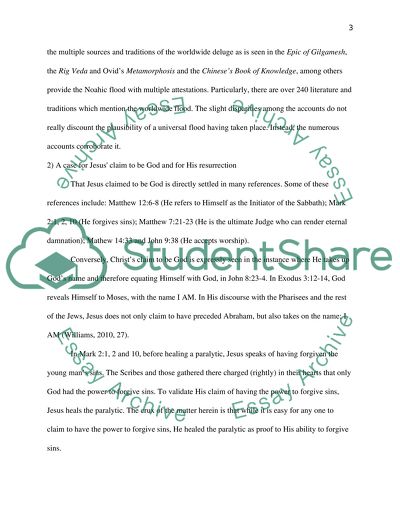Cite this document
(“Discourse with an Atheist Who Beleives That Gos Does Not Exist Essay”, n.d.)
Discourse with an Atheist Who Beleives That Gos Does Not Exist Essay. Retrieved from https://studentshare.org/religion-and-theology/1402506-apologetics
Discourse with an Atheist Who Beleives That Gos Does Not Exist Essay. Retrieved from https://studentshare.org/religion-and-theology/1402506-apologetics
(Discourse With an Atheist Who Beleives That Gos Does Not Exist Essay)
Discourse With an Atheist Who Beleives That Gos Does Not Exist Essay. https://studentshare.org/religion-and-theology/1402506-apologetics.
Discourse With an Atheist Who Beleives That Gos Does Not Exist Essay. https://studentshare.org/religion-and-theology/1402506-apologetics.
“Discourse With an Atheist Who Beleives That Gos Does Not Exist Essay”, n.d. https://studentshare.org/religion-and-theology/1402506-apologetics.


